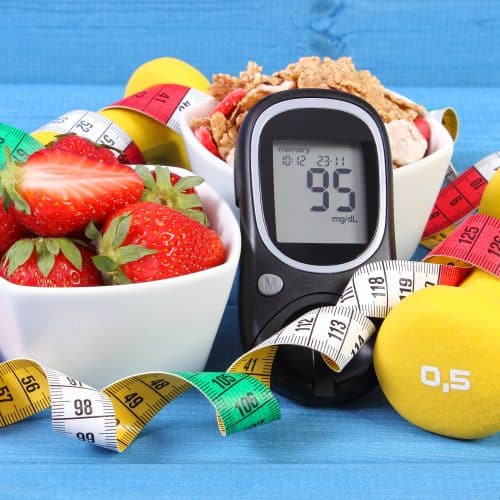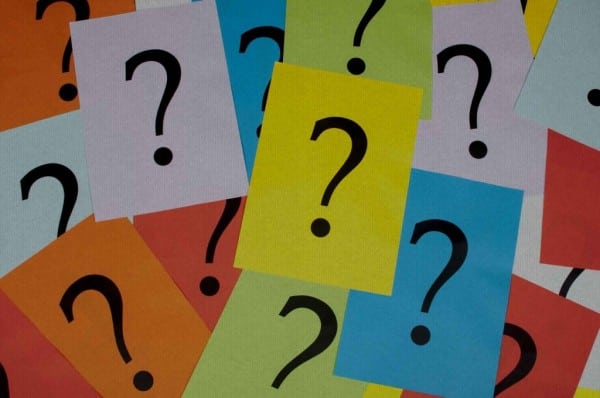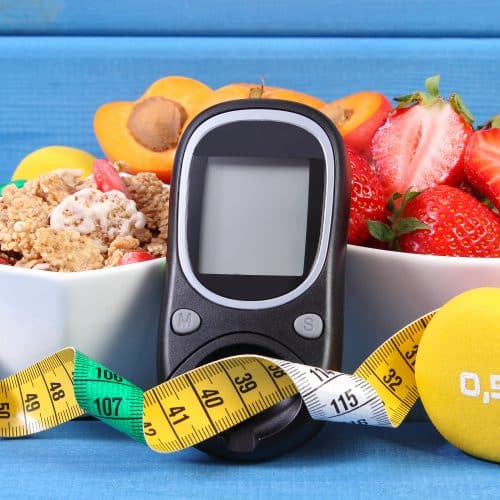
Myth: People with diabetes must eat snacks two or three times daily.
Real deal: Snacks are optional for most people with diabetes.
Let’s crush some snack-related anxiety. Snacks are not required for most people, even those with diabetes. If you like them and they help you, snack on. Just choose wisely. If you don’t want to snack, you may not need to.
This snacking myth likely got its start many years ago when there were few diabetes medications on the market, and they all had the side effect of hypoglycemia (low blood sugar). People who took diabetes medications were at risk for developing blood sugar levels too low if they went too long without eating. Thus, healthcare professionals wisely encouraged people with diabetes to eat small snacks between meals.
But today, we have a plethora of diabetes medications, and many do not cause hypoglycemia. Even insulin regimens can now be adjusted to match the amount of carbohydrate in a given meal or snack. This gives the person with diabetes so much more flexibility. If you’re not sure if your medication has the side effect of low blood sugar, ask your pharmacist or prescribing healthcare provider. If you fear hypoglycemia or have it often, talk to your healthcare provider about changing your medications. You may need less medication or a different medication. However, do NOT alter your treatment before discussing it with your medical team.
Another misguided reason many people snack is “keep their metabolism humming.” While it’s true that metabolic rate jumps slightly from eating, that jump is related to the amount of food eaten, not to the frequency of eating. In other words, if you eat the same foods and amounts of foods over three or six occasions, the boost in metabolic rate will be similar over the course of a day.[i]
Good Reasons to Snack
- Snack to satisfy your hunger.
- Snack to keep from getting over-hungry later in the day.
- Snack if it improves your energy level or concentration.
- Snack to replenish nutrients after a strenuous workout.
- Snack to fit in missing food groups.
Good Snack Choices
Ideally, snacks will provide 100 – 200 calories for most people and be very low in unhealthy saturated and trans fats. The amount of carbohydrate will depend on your individualized meal plan, activity level and your blood sugar level. You can rein in carbohydrates by watching your portions, swapping out added sugars for sucralose, and by balancing your snacks with two or more food groups. Here are a few suggestions.
- Half peanut butter, tuna or chicken sandwich on whole-grain bread
- Raw veggies and hummus
- Hard-boiled egg
- Low fat cottage cheese with fruit or veggies
- Fresh, frozen or canned fruit (no sugar added)
- ¼ cup nuts
- Sliced apples with almond butter and a dab of no-sugar jelly
So you see, snacks are neither inherently good nor bad. If you snack for the right reasons and on healthful foods, you’re doing just fine.
 Jill Weisenberger, MS, RDN, CDE, FAND has worked as both a nutrition counselor and a diabetes educator in the hospital and research settings, and now in private practice in Newport News, VA. Jill is the author of Diabetes Weight Loss – Week by Week and two upcoming books, The Overworked Person’s Guide to Better Nutrition and 21 Things You Need to Know about Diabetes and Your Heart. She is a member of the Academy of Nutrition and Dietetics, the American Association of Diabetes Educators and the American Diabetes Association. Jill is a paid contributor for the Calorie Control Council. Follow Jill on Twitter @NutritionJill and find more at www.JillWeisenberger.com
Jill Weisenberger, MS, RDN, CDE, FAND has worked as both a nutrition counselor and a diabetes educator in the hospital and research settings, and now in private practice in Newport News, VA. Jill is the author of Diabetes Weight Loss – Week by Week and two upcoming books, The Overworked Person’s Guide to Better Nutrition and 21 Things You Need to Know about Diabetes and Your Heart. She is a member of the Academy of Nutrition and Dietetics, the American Association of Diabetes Educators and the American Diabetes Association. Jill is a paid contributor for the Calorie Control Council. Follow Jill on Twitter @NutritionJill and find more at www.JillWeisenberger.com




